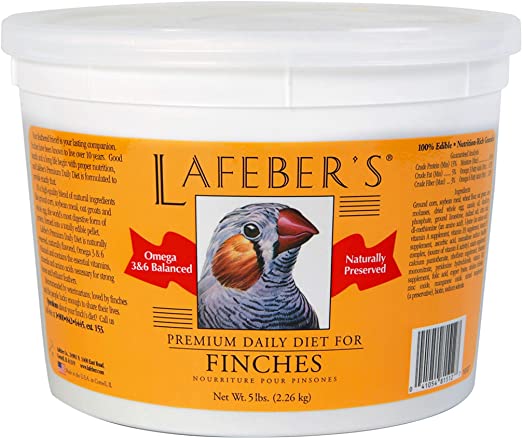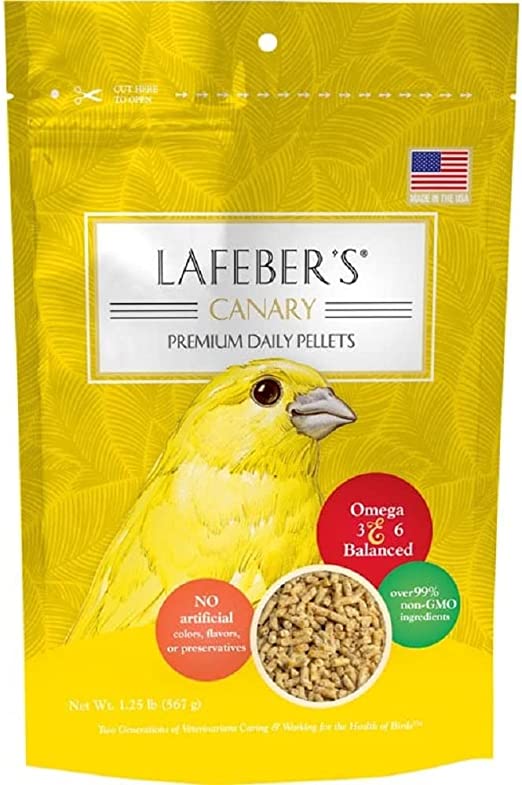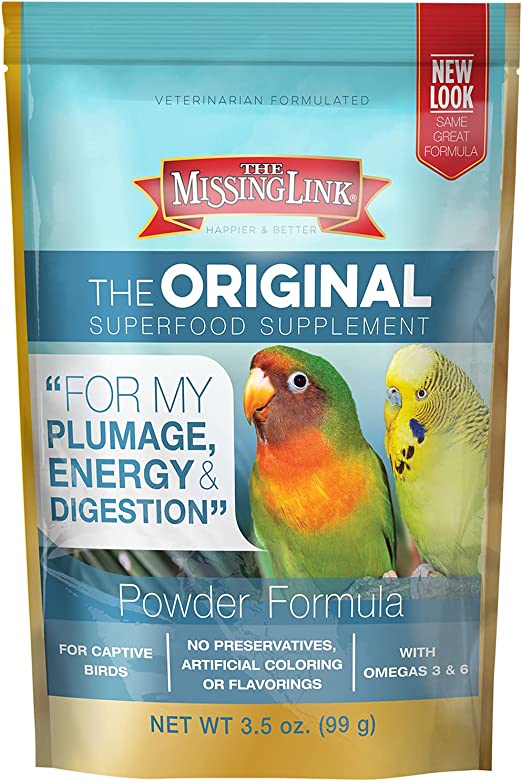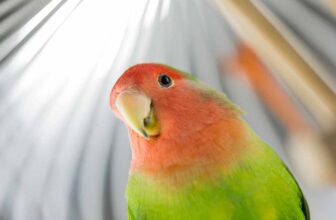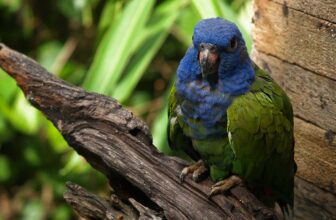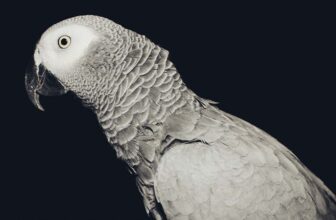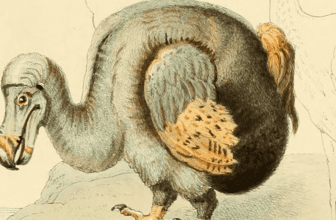The primary characteristic that distinguishes the Gouldian Finch Bird is its rich plumage. Sometimes known as Lady Gouldian finches (named after the wife of renowned ornithologist John Gould, Lady Elizabeth), these colorful birds vary from one another based on the colors of their heads. The varieties include red, yellow, and black-headed finches. Their striking color occurs naturally, with wild Gouldian finches with red heads generally being more aggressive than their red-headed brethren.
Aside from the three primarily found colors, other types of Gouldian Finch Bird mutations exist, though they tend to vary more by bodily color, rather than their heads. A very small number of Gouldian finches found in their native Australian grasslands can also have orange heads, though, these birds do not vary significantly in appearance in the wild, with most having black heads, with a small percentage of Gouldian finches having a head that is red.
John Gould named the birds after his late wife Elizabeth in 1841, declaring that they were the world’s most beautiful birds, a point which anyone who has seen the Gouldian Finch Bird would be hard-pressed to argue. Within the six years after their identification, the species began appearing on the European continent, being welcomed to many homes of European bird lovers.
Gouldian Finch Bird Species Profile
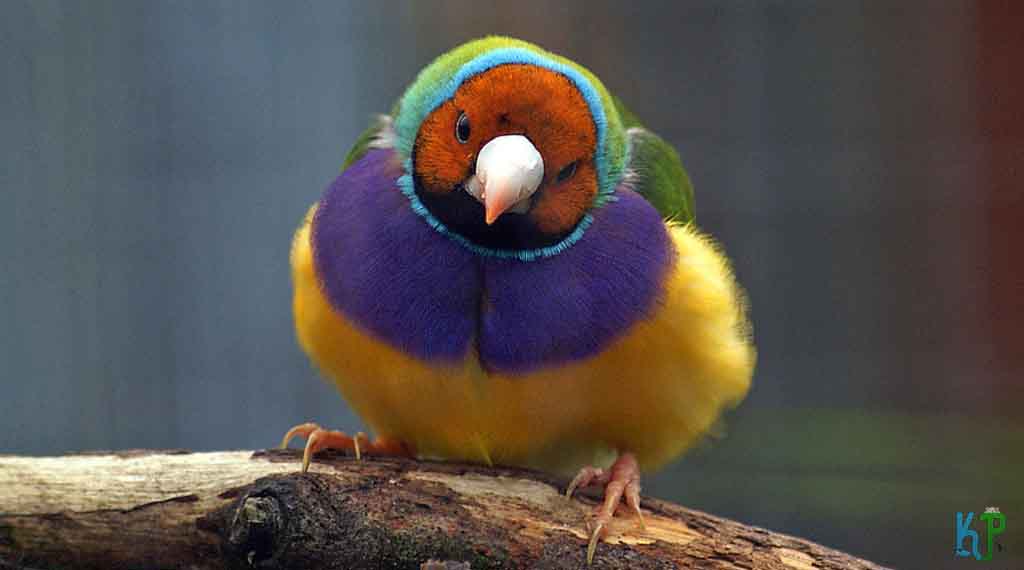
| Scientific Name: | Erythrura gouldiae |
| Common Names: | rainbow finch, Gould’s finch, or the Lady Gouldian finch and sometimes just Gould. |
| Color: | Multi Colored |
| Adult Size: | 125–140 mm long |
| Sounds: | Chatterer |
| Interactions: | Hands off |
| Lifespan: | Up to 10 Years |
| Price: | $100 |
Native Habitat Of The Gouldian Finch Bird
Gouldians had been captured exported from their native wild grasslands in Australia for over 40 years until the population numbers had dwindled so significantly that the process had to be stopped in the 1960s. Compounding their ability to live and thrive, agricultural developments, which brought in grazing cattle, pushed the Gouldian finch to the breed’s limits. It is estimated that only about 2,500 Gouldian finches remain in the wild. Luckily, their species is in no danger of disappearing as they are very heavily bred by bird lovers all over the world.
Caring For And Feeding A Gouldian Finch Bird
Finches are generally quiet birds, but they do make some persistent, not overly audible noises, not loud enough to disrupt an owner’s day or cause issues with neighbors. The Gouldian finch’s diet in the wild consists of flowers, native, fruit, plants, and seeds. Because seeds make up a significant portion of their diet, many erroneously believe that seeds are all that is needed for a finch. This is a mistake that discounts the other aspects of a finch’s diet that allow them to have a fully nutritious diet. Mixes that encompass sees with vitamins and minerals should also include the other foods that complement their nutritional needs.
Check our Top 3 Best food for the Gouldian Finch Bird on Amazon. You can be assured we only choose the best ones based on Customers Reviews…
Sounds Of A Gouldian Finch Bird
While Gouldian finches are great to look at, they do not want to be handled. These birds do not cope with stress very well, and its invocation can be fatal for them. Gouldies are not hand-raised, so they do not tame easily. However, even with being simply watched, Gouldian Finch’s can make for great pets. With ideal care, owners can expect life longevity of about 4 to 6 years.
Gouldian Finch Bird Behavior And Personality
Compared to other finch breeds like the society finch or zebra finch, the Gouldian finch is a challenging bird to keep as a pet mostly due to its susceptibility to various ailments, sensitivity to extreme temperatures, bad stress reactions, and not wanting to be handled. Aspiring bird owners who are notices to keeping a bird are not encouraged to make the Gouldian finch their first pet. Not only are Gouldian finches overly delicate creatures, but their various disease risks may also go unnoticed by inexperienced owners long enough to prove fatal.
Gouldian finches are also subpar at parenting, though they are exceptions, oftentimes abandoning both their eggs and babies. Many times these birds outright refuse to nest at all, which makes them difficult to breed. Even experienced breeders often keep society finches to take care of their young when the birds decide to abandon them. The Gouldian Finch Bird eggs are typically removed and replaced with plastic eggs, while the real eggs are moved to the care of society finches.
When Gouldian finches do nest, they prefer it to be in a covered location like a covered basket or a box, with the latter being preferable for safety reasons in helping achieve easier access and prevent catching of toes. They are not great next builders either, so owners should assist Gouldian finches by placing materials to start a nest.
Breeding of Gouldian finches should be held off until the bird is at least a year old. Once finches begin to breed, the female will lay three to six eggs that will hatch approximately two weeks later. Three weeks after that, the baby finches are able to leave their nest, and generally able to sustain themselves with food another week subsequent to that. In the interim, babies need to be provided easily digestible egg food and millet spray.
Finches can socialize well with society and zebra finches, as long as they are given ample space to cohabitate. It is not, however, ideal to put them with whydahs or weavers as the latter can be dominating bullies.
They need to exercise their bodies and expend their energy, so a large space for them to be able to fly around is paramount. Gouldian finches are good aviary birds, especially when their setting is adorned with greenery.
However, the spacious setting is not just important in letting them fly around. The female needs to get sufficient exercise prior to breeding in order to be in good breeding conditions. Without it, her eggs might be bound, or outright produce dead offspring. The cage bars should only be 1/2 apart, and the door should be too small for finches to escape. It should be only accessible to clean the cage, water, and feed the finches.
In the wild Gouldian finches consume seeds more than anything else, so their diet must be primarily seed-based, but a regular rotation of egg food, grubs, greens, and veggies should be supplementing the seeds on a daily basis, along with optional small amounts of grit and charcoal. The cage should also always contain a cuttlebone.
Gouldian Finch Bird Common Health Conditions
Predominantly, Gouldian finches are affected by stress. However, stress leads them to other vulnerabilities such as air-sac mite infections in the respiratory systems, a serious medical condition that requires urgent veterinary intervention. This condition can be treated if it is caught and identified early enough. Similarly, the finch should be treated by a vet if they have a mite infection causing them to suffer from scaly surfaces around their beaks, eyes, and feet. If the beaks and nails on the finch’s body are overgrown, they need to be addressed by an experienced groomer as soon as possible.
Acquiring Gouldian Finch Bird
In the wild, the numbers of Gouldian finches have dropped significantly, but there are ample numbers living in captivity. Aspiring owners can select Gouldian finches from visiting breeders, or acquire them from avian specialty realtors or large pet stores.
While some bird species make telling genders apart a challenge, Gouldian finches are dimorphic. Mature males have significantly prominent plumage. Those who are immature are typically are a mix of green and grey coloring.
Babies look almost nothing like their parents, and the gender distinction by color is tougher to perform until the finch molts for the first time about four to six months into their lives. The babies are not a pleasant sight when they are molting, and the process induces significant stress on this breed.
Conclusion:
In conclusion, Gouldian Finches are colorful and charming birds that require attentive care to thrive. Their diet should consist of a balanced mix of seeds, fruits, and vegetables, and they need plenty of space and socialization to remain healthy and happy. Providing a clean and safe environment, regular veterinary check-ups, and attention to their unique needs will help ensure that these beautiful birds live long and fulfilling lives in captivity.
Since you arrived till the end of this amazing article, means you are interested in Birds, so we suggest to you to check this one: All that you should know about the exotic Great Potoo Bird
Frequently Asked Questions:
Gouldian finches bird price?
The price of Gouldian finches can vary depending on the age, gender, and color mutations of the bird. On average, a single bird can range from $50 to $150 or more. Breeder quality pairs or rare color mutations can be significantly more expensive.

